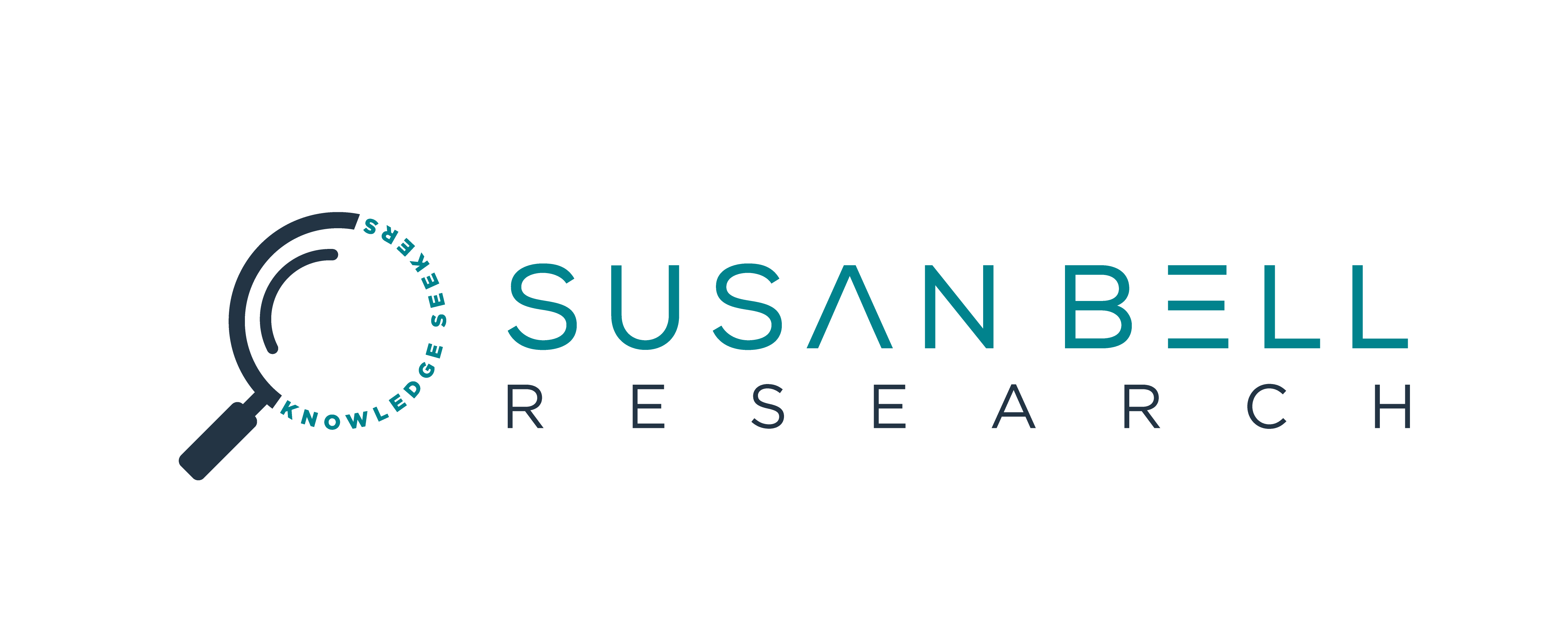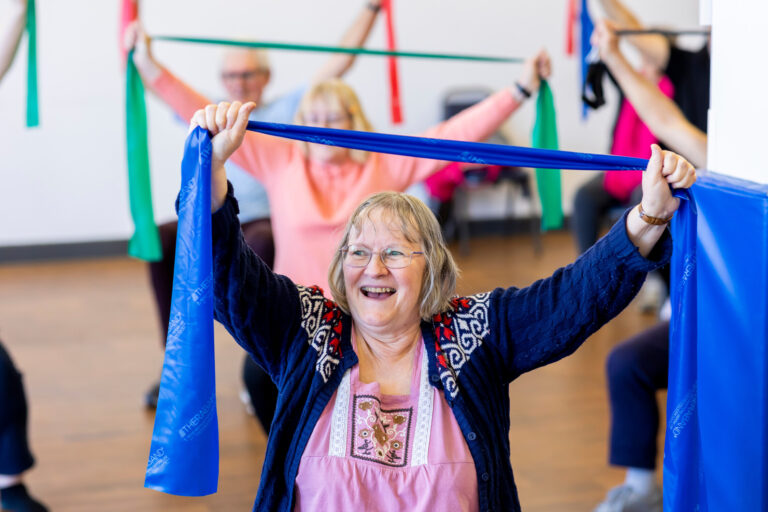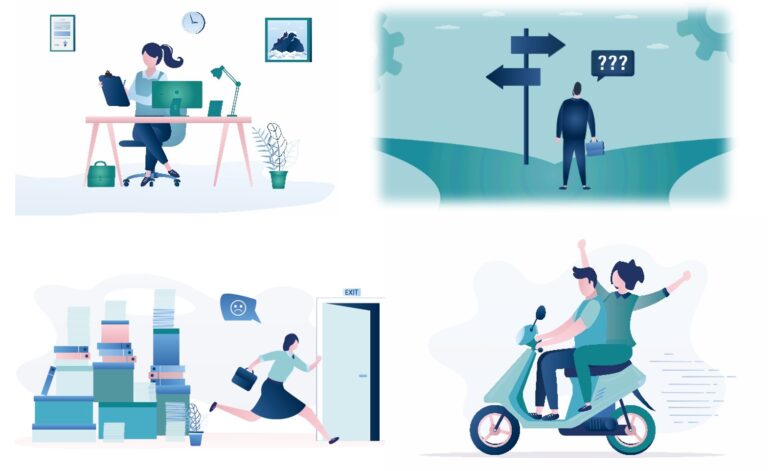How do I choose which qualitative method to use?
Have you noticed how many qualitative research methods there are?
The great thing about qualitative research is that there are so many different ways to do it.
We can
- Interview people alone or in groups, in person, online, and by phone
- Talk to people when they are at home, at work, out shopping – doing whatever people do
- Observe people as well as interact with them
- Use imagery and video as well as speech and text
- Play games and do activities
- We can even use chatbots.
But, how to choose? Because there is so much flexibility, it can be hard for people new to this field to know what methods to use and when to use them. I am here to help.
Three questions to ask yourself
I have put together a list of the top 3 questions to ask yourself about the kind of insights you are looking for. It will help you identify the method that will suit you best.
- How much depth do I need?
- Will interaction with other people help me gain insight?
- Will observation help, or be harmful?
1. How much depth do I need?
Sometimes you need depth
Qualitative research is great for complex problems, for example, to discover why a product is currently struggling in market. Complex problems need deep insight. That means designing the research to allow as much time as you can, and mking sure you use as many techniques as you can to solve your problem.
- Traditional focus groups. in-person interviews and 3-5 day online communities are the best methods to use when you need deep insight. This is because they allow the researcher to explore all the hypotheses the researcher and client team start out with, and allow the moderator to see and explore new and unexpected insights. This kind of exploration is not possible in live video groups for example.
- Similarly, if you want to understand the customer journey for a new product or market that you are unfamiliar with, in-depth interviews will help you see that journey from the particpants’ perspective.
Sometimes you don’t
On the other hand if all you need is to get some quick feedback on a new concept, you may only need a short live video focus group or a one-day online forum rather than spending the time and expense of other methods.
2. Will interaction with other people help me gain insight?
Interaction between participants can help
In my experience, the social and therefore interactive environment of an in-person focus group helps the participants – and the moderator – to be creative and spontaneous. In-person groups are vastly superior to video groups for this because of the limited interaction between participants online.
Or it can be harmful
However, having other people present can constrain some discussions – for example when the topic is sensitive in some way.
The solution in that case is an in depth interview, or an online forum where participants do not see other people’s answers.
Interaction with the researcher can help
In in-person focus groups and interviews, the researcher and participants are present at the same time, and can have a conversation with each other. This means that the researcher can respond in the moment to the things that the other person says or does. Because of this, the researcher can build on what has been said by probing or clarifying comments – or even challenging people – to develop new understanding.
But sometimes this is not possible
In contrast, in online community style research the researcher and participants may be online at different times. The researcher posts questions usually in the morning and asks participants to complete tasks within a certain time but not at a specific time. Because they are online at different times, discussion between participants is rare in these discussions and researchers have limited ability to challenge or dig more deeply into partipants’ stated views.
But what this asynchronous format does allow is for the researcher to ask participants to use digital apps, upload images, go shopping or try a product they have been sent, and then report back.
3. Will observation help or be harmful?
When you need to observe actual behaviour
In-depth interviews conducted in home are ideal for observing how people actually behave in their natural environment – for example how they cook, or use certain appliances or devices. Observation reveals the things that people do that they may not even know they are doing.
If the behaviour you want to observe is only short though, respondents can upload photos or videos so the researcher does not need to be on site.
One of the benefits of online community-style research is that the participants take part when they are in their own familiar environment, not in the strange artificiality of a focus group room.
In traditional focus group venues (or even a live video group) there are no contextual cues to remind people of what they normally do. So they have to rely on memory. If this matters to your project , so don’t use traditional focus groups.
When observation by the research buyer helps
Observation by the end client is a very powerful way for buyers of research to develop the kind of informed intuition that experienced qualitative research users develop. Clients can watch in-person or webcam interviews and groups in real time or recorded.
But sometimes it is not possible, and sometimes unwise
Observing behaviour on its own is often not enough. As researchers we are deeply respectful of how much we all learn from each other through talk. Talk is one of the defining characteristics of being human. Let’s not ignore it.
Observation is more difficult with online communities because participants may be posting or uploading their images etc at any time during the day.
Observation of in depth interviews, accompanied shops and in-home visits can be problematic or in some cases unwise. The participant may modify what they do or say because they are being observed.
We must always – always – reveal when observers are present and the organisation they belong to.
In Summary
To summarise, all the different ways to conduct qualitative research have their merits and problems. There is no one ‘best ‘method. It depends on:
Susan Bell has been called one of the four prominent voices of qualitative research worldwide and one of Australia’s best moderators. If you would like the insight from great qualitative research, contact Sue
- How much depth you need
- Whether interaction between participants will help you or hinder you
- Whether you need the researcher to probe and clarify
- The kind of tasks and activities you want people to do
- And what suits the people who are participating.
We are here to help
We are always happy to advise our clients about research methods. Please just ask!

We would love to hear from you, and are always happy to talk through research methods and options with you, if you are not sure what you need. Why not get in touch for a free, obligation-free, and confidential conversation.
Find out more about Susan Bell Research.






